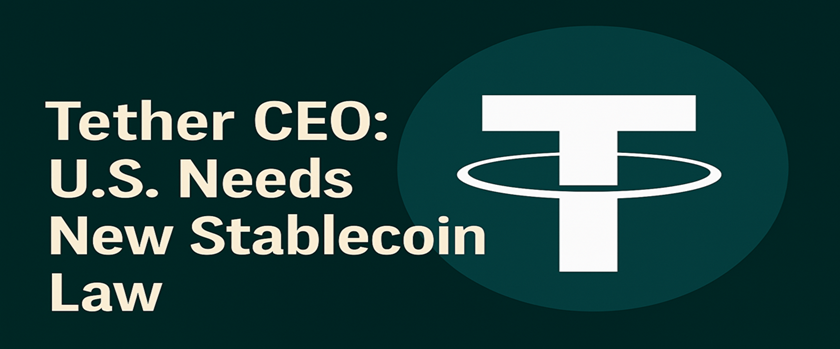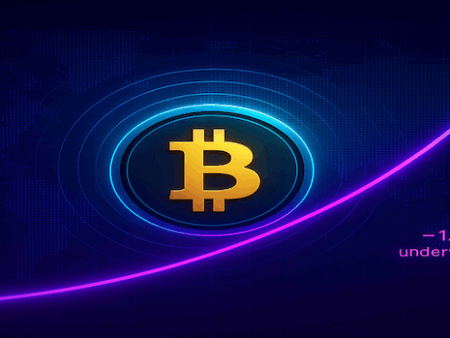Tether Regulation Debate Sparks CEO Response
 🧭 Tether regulation has once again taken center stage in the crypto world, following a strong response from Tether CEO Paolo Ardoino to proposed U.S. legislation around stablecoins. The bill aims to create stricter oversight and possibly introduce a new government-backed digital dollar, sparking mixed reactions. Ardoino pushed back, warning that overregulation could hinder innovation.
🧭 Tether regulation has once again taken center stage in the crypto world, following a strong response from Tether CEO Paolo Ardoino to proposed U.S. legislation around stablecoins. The bill aims to create stricter oversight and possibly introduce a new government-backed digital dollar, sparking mixed reactions. Ardoino pushed back, warning that overregulation could hinder innovation.
🔍 In a recent statement, Ardoino stressed that Tether regulation in its proposed form may damage the global competitiveness of U.S.-based crypto firms. He argued that Tether’s reserves and transparency already exceed many regulatory expectations. Instead of innovation being guided, he suggested it’s being cornered—fueling debates across crypto and fintech sectors.
📉 With over $100 billion USDT in circulation, Tether regulation has major implications. As the leading stablecoin, USDT plays a vital role in decentralized finance, trading, and even entertainment sectors like Tether casino sites, which rely on its speed and low transaction fees. Changing how USDT is regulated could ripple far beyond Wall Street and Washington.
💼 U.S. lawmakers believe existing laws fall short in protecting consumers and ensuring stablecoin transparency. Their solution includes building a new class of regulated, possibly government-issued stablecoins. However, opponents argue that current models like Tether already meet functional and market demands—making Tether regulation seem more like a power grab than a fix.
🌍 Beyond the U.S., other jurisdictions are observing closely. Tether regulation policies made in America often influence European and Asian markets. If the U.S. tightens control too much, there’s concern that projects may move overseas, where frameworks are more innovation-friendly but still robust enough to manage risk.
📊 In what some call a preemptive move, Tether released its latest attestation report, showing full reserves and a healthy backing of U.S. Treasury Bills. The announcement subtly challenged the narrative that Tether regulation is necessary due to risk. It’s a reminder that transparency doesn’t always have to come through government mandates.
🛡️ Stablecoin competitors like Circle (issuer of USDC) are cautiously supportive of regulations but emphasize the importance of balanced, fair oversight. Tether regulation, if done wrong, could push innovation into the shadows or into centralized hands. Crypto industry voices are now calling for smart rules—ones that don’t punish success.
🧠 Many analysts argue that instead of reinventing the wheel with a new government coin, regulators should engage more directly with established players. Proper audits, reserve transparency, and smart monitoring could achieve goals without destabilizing markets. Still, Tether regulation continues to be politically charged as elections draw near.
🗳️ With digital assets becoming an election-year issue, Tether regulation is no longer just a technical debate. Politicians, tech leaders, and users are now all stakeholders. And as crypto enters the mainstream, the outcome of this debate could shape not only USDT’s future, but also the next wave of crypto adoption.



















